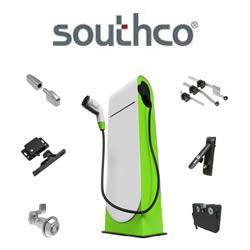IHS View on 2.3MW Project Completed in Canada using Enphase Microinverters
"PV microinverters must continue to penetrate commercial installations to allow shipments to reach 2 GW in 2017," says PV inverter analyst, Cormac Gilligan.
Leading PV microinverter supplier, Enphase Energy, recently announced that its PV microinverter had been used in a 2.3 MW commercial rooftop installation in Canada, signifying a milestone in microinverters' progress towards establishing themselves outside USA and penetrating the commercial PV market.
PV microinverter shipments are forecast to exceed 2 GW in 2017 according to the latest on-going analysis from IHS. Penetration into these larger installations, along with success outside USA, will be the key driver to this success.
IHS forecasts that over 700 MW of commercial installations will use microinverters in 2017 – more than 20 times the amount installed in this sector in 2012 – and generating microinverter revenues of more than $200m. Previously, the market had been largely confined to the US residential market, which had accounted for nearly 75% of shipments recorded prior to 2013. Embedded module-level monitoring, increased yield, and improved safety have enabled microinverters to successfully penetrate into MW-scale installations in 2013. These benefits will also lead to commercial installations accounting for over one-third of microinverter shipments in 2017.
As microinverters are now getting close to saturation point within the residential sector in many states in the US, and as they have not proved very popular so far within the third-party ownership model, the ability for microinverter vendors like Enphase to penetrate segments outside of residential and outside of the USA will be crucial to their success and perhaps even their survival.
Featured Product

Southco Inc. - POWER UP YOUR CHARGING DESIGN
With engineered access solutions for electric vehicle charging equipment. Southco's engineered access hardware, including locks, latches and hinges can help Electric Vehicle (EV) charging manufactures to achieve high standards of equipment performance, usability and security, providing a seamless charging experience for drivers.
